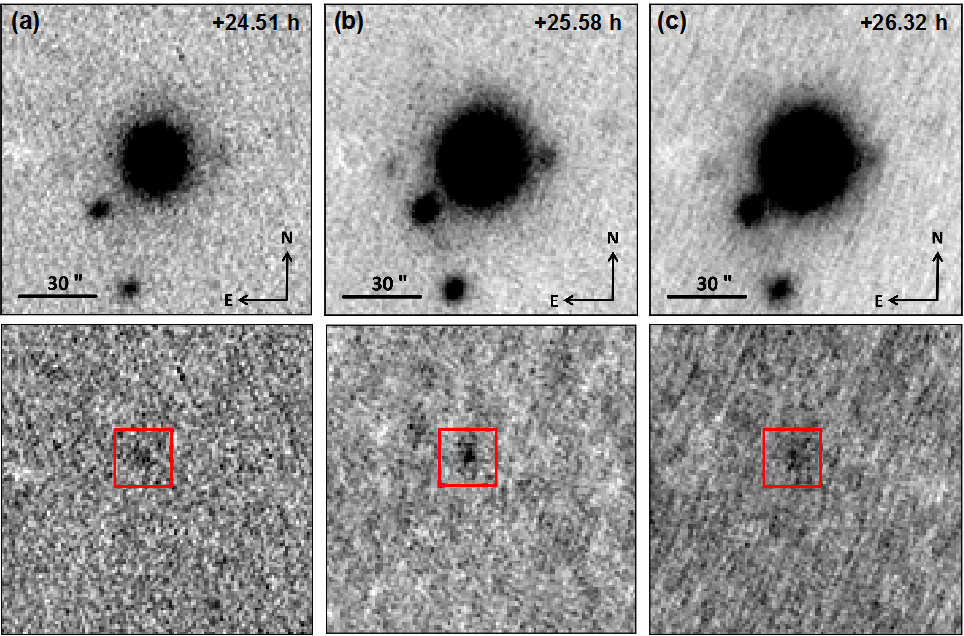On February 11, 2016 the first gravitational wave event from a binary black hole merger was announced to be detected by the advanced Laser Interferometer Gravitational-wave Observatory (LIGO), which verified two major predications of General Relativity, black holes and gravitational waves. The Nobel Prize in Physics 2017 was shared by the three main founders of LIGO. On August 17, 2017 another gravitational wave event GW170817 was observed by the advanced LIGO and advanced Virgo detectors, which is the first GW event humans detected from a binary neutron star coalescence. A short gamma ray burst (SGRB), GRB 170817A, was captured by the GBM instrument on board NASA’s Fermi satellite in less than 2 seconds after the GW detection. About 70 telescopes on the ground or from space across the world then conducted follow-up observations of GW 170817, and confirmed that this event took place in the outskirt of the galaxy NGC4993, 130 million light years away from the earth.

Figure 1: The detected optical counterpart of GW170817 at three epochs by AST3-2 (marked with red squares). The observations of the GW optical counterpart with AST3-2, which is the second telescope of the planned three Antarctic Survey Telescopes located at Kunlun Station on Dome A, Antarctica, were carried out since 21:10 (Beijing, UTC+8) of August 18, 2017, about 1 day after the GW trigger. Fruitful important image data were acquired during the period from Aug 18, 2017 to Aug 23, 2017, during which the optical signals from this GW event were successful detected (Figure 1). The combined data from world-wide telescopes including AST3-2 show that more than 1% solar mass (> 3000 earth mass) of neutrons at a speed of about 30% of the speed of light, were ejected from binary neutron stars during the merger event. These neutrons participated in the nuclei synthesis process through the so-called rapid process and a fraction of these neutrons formed the heavy and even super-heavy elements beyond iron. Therefore, the detection of the optical counterpart of GW170817 has shown that the origin of the most super heavy elements (such as gold, silver and lanthanides) in the universe is such binary neutron star mergers.

Figure 2: The second Chinese Antarctic Survey Telescope, AST3-2
Located at Kunlun Station, AST3-2 with an entrance pupil diameter of 500 mm (Figure 2), is the largest optical telescope in Antarctica, operating in a fully automatic control mode to accomplish observations toward different scientific targets through survey or target of opportunity modes, such as supernovae, exoplanets and optical counterparts of GW events. The paper on AST3-2 observation of GW170817 counterpart has been published online in Science Bulletin on October 16, 2017 22:00. |
